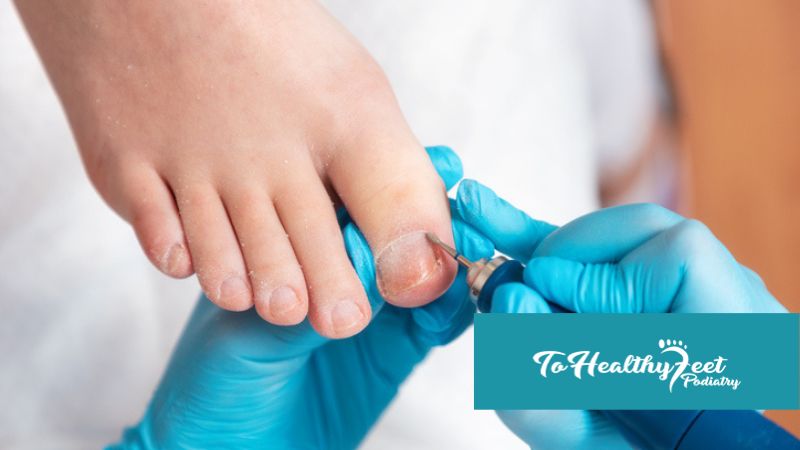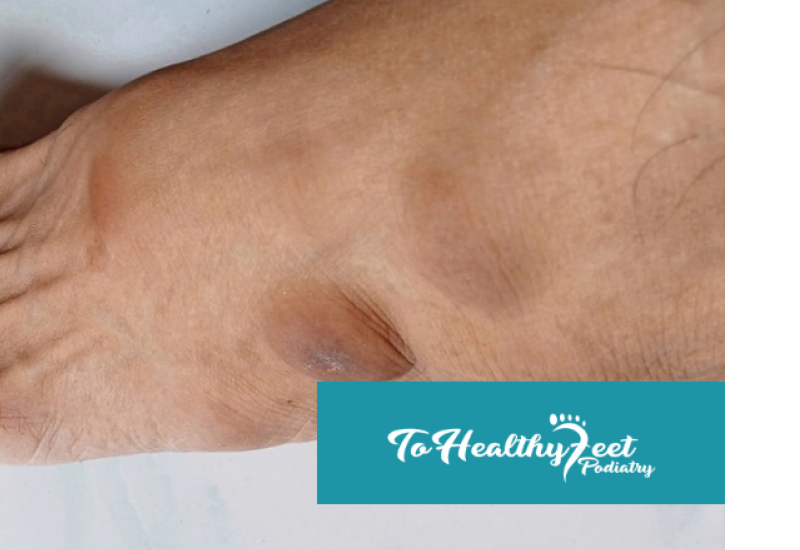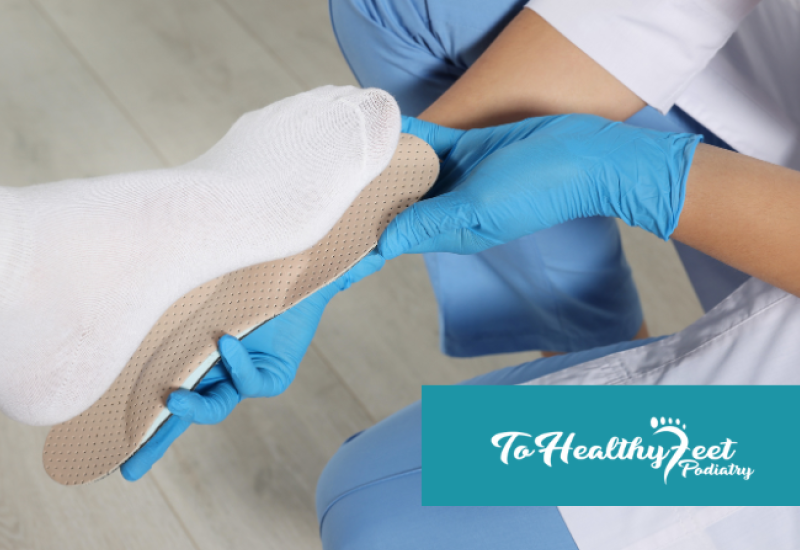When To See Your Foot Doctor
Signs of Ingrown Toenails
The first sign of an ingrown toenail is pain, redness, and swelling around the toe. If the toenail is infected, there may also be drainage from the affected area. In some cases, the pain may be mild, but in others, it can be severe and debilitating. If you are experiencing any of these symptoms, it is important to consult your foot doctor as soon as possible.
Treatments
If you have an ingrown toenail, there are two main types of treatments available: conservative and surgical. Conservative treatments include soaking the affected toe in warm salt water, using an antiseptic solution, corrective nail clipping, splinting to raise the nail away from the skin, and topical antibiotics. In most cases, these treatments are effective and can help to resolve the issue without the need for surgery.
If conservative treatments are not effective, surgical intervention may be necessary. There are several surgical options available:
Wedge Resection: This option is removal of a portion of the toenail to prevent it from digging into the skin. Your nail should grow back in three to four months.
Toenail Removal: This surgery will remove the entire toenail. It can take up to 18 months for the nail to regrow.
Matrixectomy: If a wedge resection or toenail removal fail, it may be necessary to remove the toenail and the entire nail bed. Your toenail will not regrow after a matrixectomy.
The recovery time for an ingrown toenail ranges from 10-14 days, where you will be required to wear an open-toed boot for the first 2-3 days to alleviate the pressure on your foot while it heals.
After surgical treatment, it is important to properly care for the affected area to ensure a successful recovery. Regular check-ups with your foot doctor may also be necessary to ensure that the toe is healing properly and to address any complications that may arise.
Ingrown Toenail Treatment At Your NYC Foot Doctor
If your ingrown toenail is causing pain, impairing your mobility, is swollen or leaking pus or blood, or is hot to the touch, see your podiatrist as soon as possible. Your foot doctor can assess your ingrown toenail for signs of infection and make treatment recommendations to get you back on your feet quickly. Explore your options for ingrown toenail pain relief at To Healthy Feet today.
The team of foot doctors at To Healthy Feet in Manhattan can expertly assess all types of foot pain and discomfort and develop a personalized treatment strategy based on the severity of your symptoms, your lifestyle, and your goals for treatment. We provide accurate diagnosis and comprehensive foot and ankle care and have the tools and technologies necessary to provide a variety of tailored treatment approaches including regenerative medicine, conservative interventions, and even minimally invasive surgery (when needed) at each of our Manhattan Podiatry Clinics. If you are experiencing pain due to an ingrown toenail or any other foot or ankle condition pain, call To Healthy Feet Podiatry at 1-917-398-3668 or fill out the contact form to book your appointment at our Upper East Side, Times Square, Midtown Grand Central, or Downtown Wall Street locations today.
FAQ
Q: What types of shoes can cause an ingrown toenail?
A: Shoes that are pointy and narrow in the toe region, high heels, and shoes that are too tight can all lead to increased pressure on your toes. This can increase your risk of developing an ingrown toenail. A good rule of thumb is to wear shoes that you can wiggle your toes in.
Q: How should I clip my toenails to prevent an ingrown toenail?
A: They should be cut straight across. Cutting them too short and curving the edges can cause the nail to pierce the surrounding skin and become ingrown.
Q: Are there any home remedies I can try to help with my painful ingrown toenail?
A: Yes! If possible, try wearing an open-toed shoe to take pressure off of the painful toenail. Soak the toe in warm water with a teaspoon of Epsom salt for pain relief. If you notice any signs of infection, such as warmth, redness, swelling, or pus oozing from the affected area, you should seek medical treatment right away.




